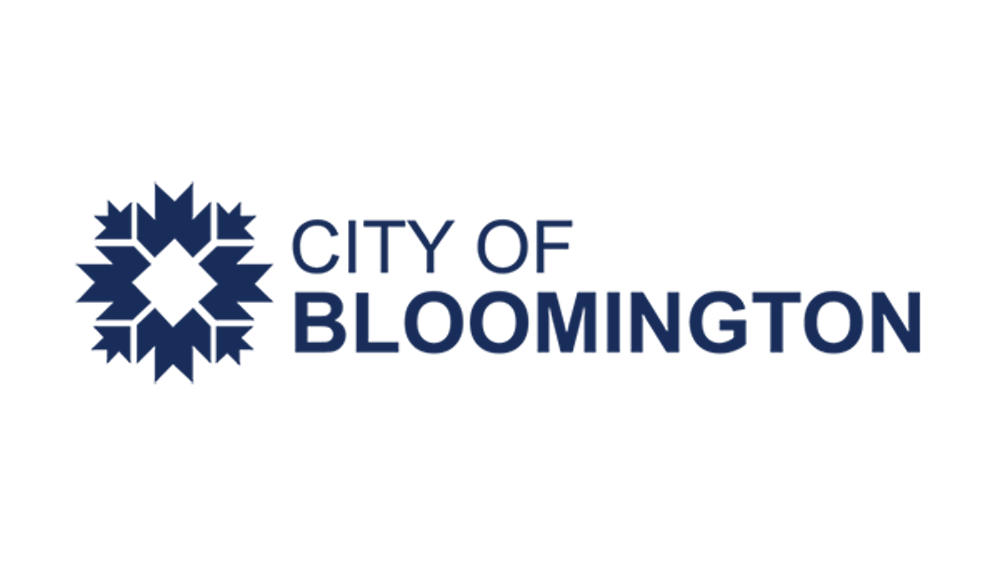Taji Gibson was one of the teachers in danger of losing her job earlier this year. Now she is leading discussions for the Indiana Education Reform Cabinet.
More than 50 teachers met Thursday in the media center of Bloomington High School North to discuss student growth.
“This is a really important event for us,” Gibson said during her introduction. “It’s one of several that are going to be happening for the next two years.”
Mindy Schlegel, a senior adviser for teacher quality with the Indiana Department of Education, presented what she called the Indiana growth model.
Schlegel said administrators often focus on those with average scores on standardized tests, ignoring those with extremely high or low scores.
“Performance is about both achievement and growth,” Schlegel said. “Proficiency is not the same as growth.”
Schlegel said students can be divided into those with high achievement and high growth, high achievement but little growth, low achievement and high growth and low achievement and low growth.
Schlegel said the new model compares students who achieve on the same level, not students who are necessarily in the same classes.
This model would take standardized scores from year to year and would not simply present whether students passed or failed, Schlegel said.
She said it would show how much students improved in one year, how much they improved as compared to their peers and whether they showed as much improvement in that year as they should have.
Schlegel said those using the model would take an initial standardized score and compare them with students across state with the same score.
“We track that cohort,” Schlegel said.
After a year, trackers find the median of that group and divide them into percentiles.
“High growth is at or above the 66th percentile, typical is at or between the 35th and 65th percentile and low is at or below the 34th percentile,” Schlegel said.
After this, those tracking these scores can project the growth of the student, which would help them measure whether the student is continuing to grow at the rate they have been.
“That’s pretty powerful and validating,” Schlegel said. “We can start targeting assistance.”
Schlegel said though it is important to have high achievement, it is equally if not more important for schools to show students growing academically each year.
“Everybody has some sort of achievement gap,” Schlegel said.
Teachers were encouraged to discuss Schlegel’s presentation among themselves in groups.
All agreed measuring growth is a positive step and very important. However, they had some concerns about the model.
Some showed concern over the fact that the department would be tracking growth based on the ISTEP test but not necessarily growth in knowledge.
“Is it a fair way of assessing their knowledge if the tests are different every year?” Keith Bush, an assistant principal and athletics director at Tri-North Middle School, asked the others. No one was certain.
Other teachers voiced the concern that the ISTEP focuses on English and math but not social studies or science.
“Until we start doing it in every subject, every grade, every year, I don’t see how it can completely measure growth,” Bush said.
Indiana Education Reform Cabinet meets in Bloomington
Get stories like this in your inbox
Subscribe





